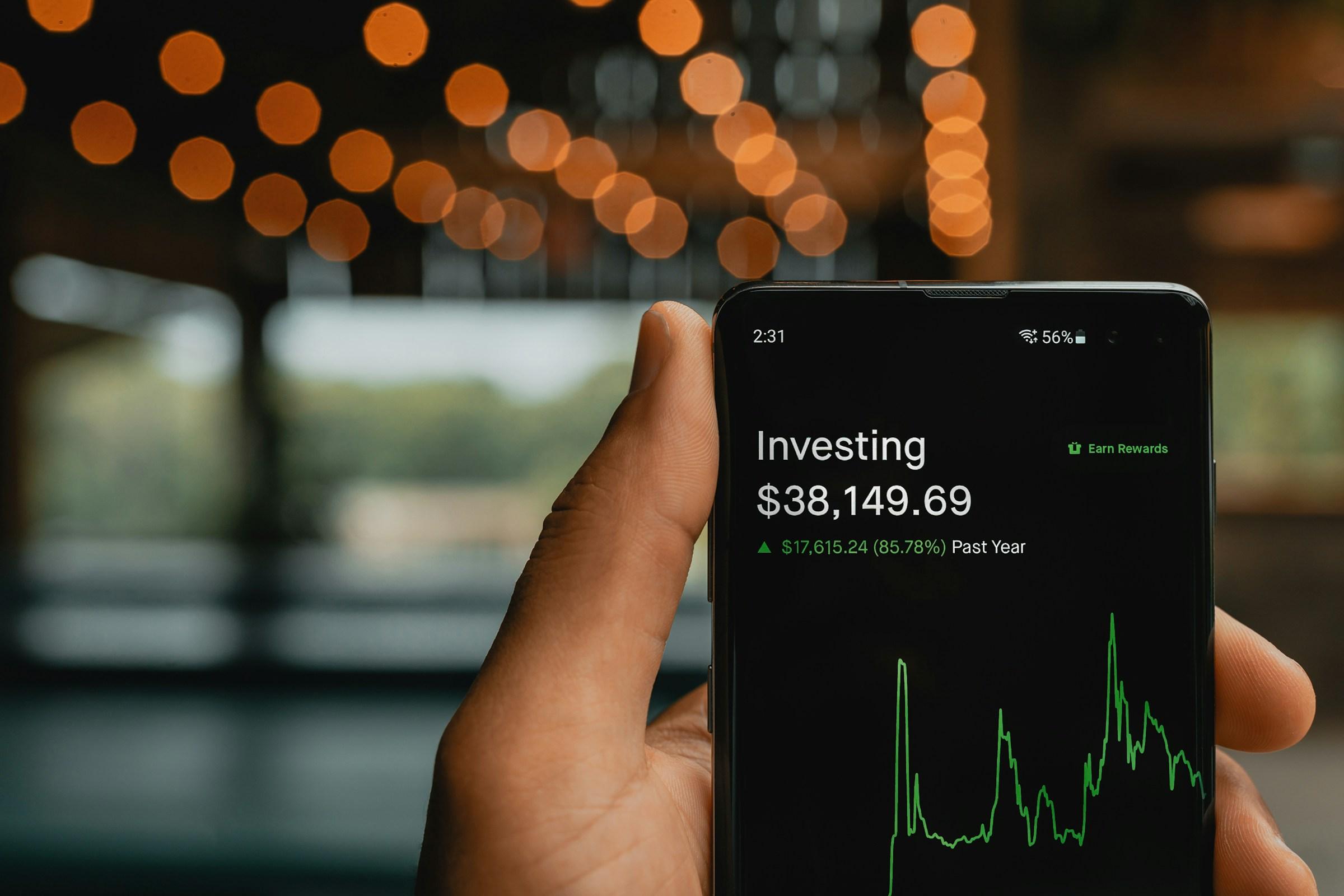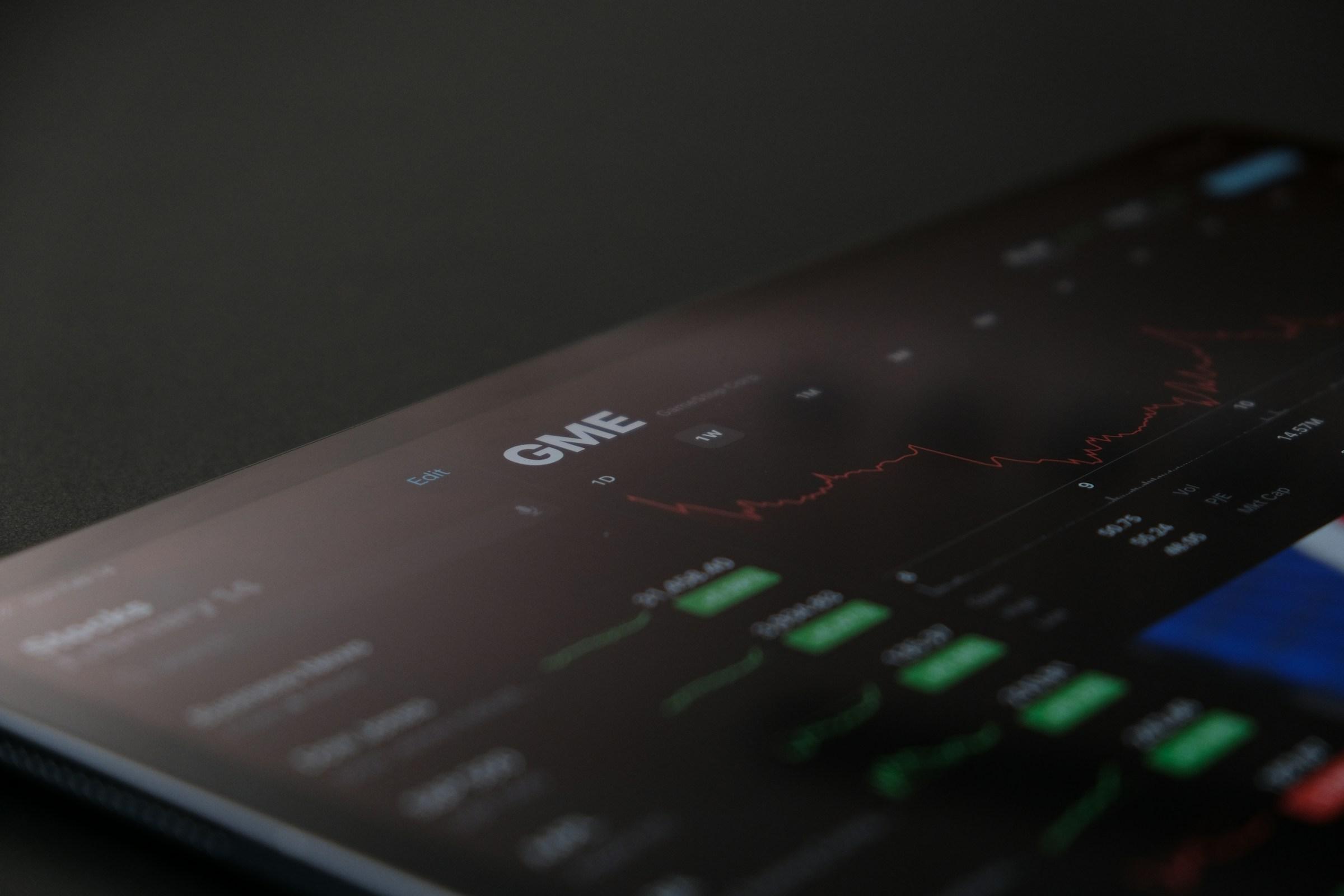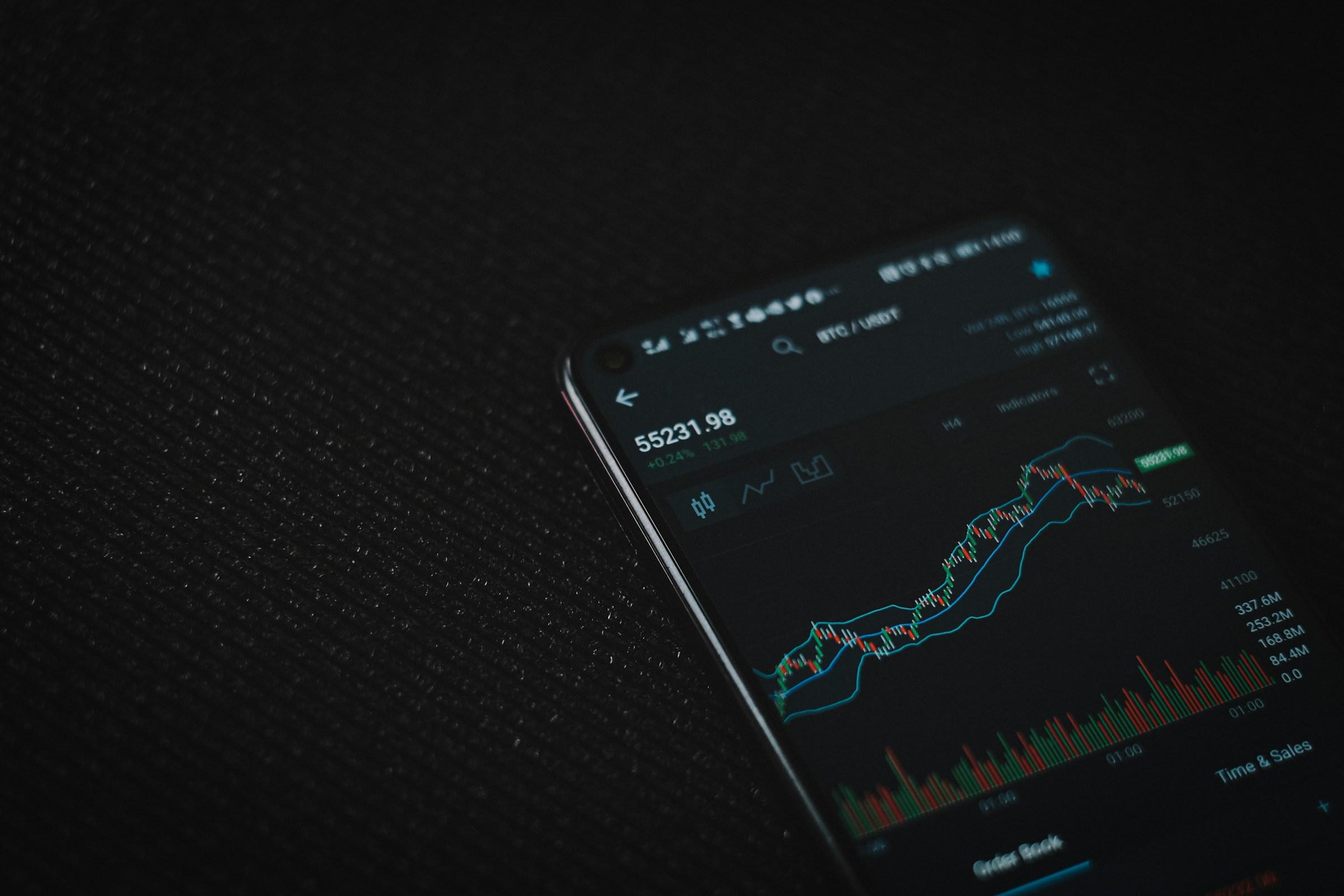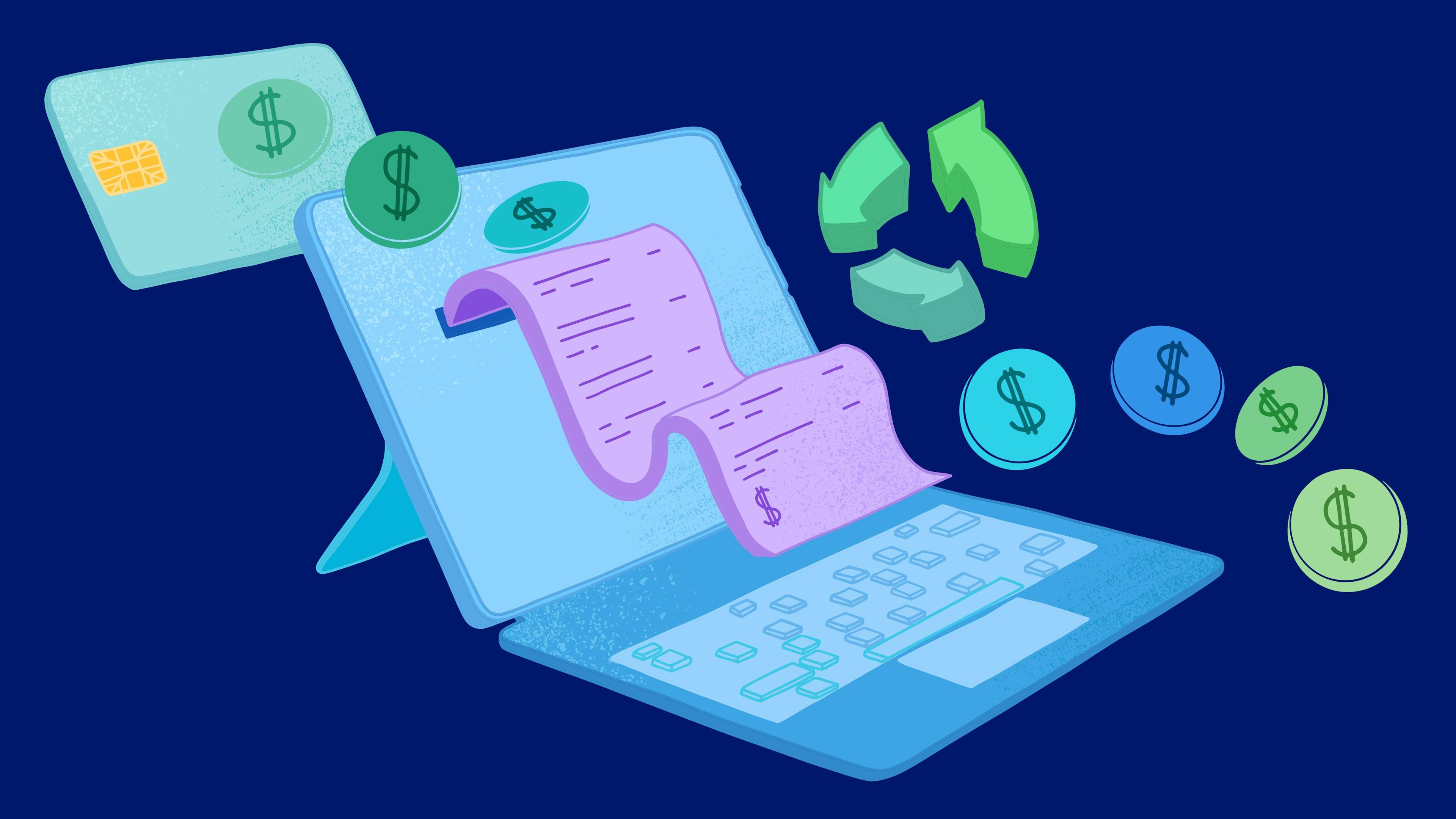Growing EPF savings as a self-employed Malaysian starts with accepting a simple truth: there is no payroll department to save on your behalf. Your retirement depends on a system you design and keep. Fortunately, EPF remains open to you through routes that reward discipline. Its core strengths still matter when income is irregular. Contributions compound quietly, dividends are credited annually, withdrawals are limited by design, and the process nudges you toward long-term thinking. In other words, EPF offers structure when your working life is unstructured, and that structure is exactly what most solo earners need.
The first step is to decide that EPF belongs in your plan even without an employer match. Many freelancers worry that it is a scheme built for salaried workers and that they will be at a disadvantage. The reality is different. EPF does not require a boss to contribute before your money can grow. Once you choose to participate as a self-contributor, your savings begin compounding in the same way as any other member. The psychological advantage is just as important. Because EPF is less accessible than a regular bank account, it helps you resist the urge to dip into long-term funds during short-term stress. When invoices slow or a client pays late, that friction can protect your future self from your present self.
There are two practical ways to channel money into EPF when you work for yourself. You can make voluntary self-contributions at your own pace, or you can use i-Saraan, which is designed for the self-employed and adds a modest government incentive on top of your own deposits. Both paths are simple to operate with an i-Akaun and both support small, frequent payments as well as larger top-ups. If cash flow is tight, i-Saraan often offers the better early return because the incentive stretches every ringgit a little further. The annual matching cap is not enormous, but it is guaranteed and it compounds alongside your money, which makes a meaningful difference over time. Even if you plan to contribute more than the threshold that earns the full match, unlocking the incentive early in the year is a smart way to build momentum.
Tax relief strengthens the case. If you are paying tax, routing part of your income through EPF can reduce your chargeable income today while building future income for retirement. The rules and amounts for reliefs can change and vary by situation, but the principle is stable. When you are self-employed, the ability to convert present-day cash into both a tax benefit and a compounding asset is hard to beat. Treat these reliefs as a second return that arrives immediately at filing time, while dividends do their work in the background year after year. A disciplined contributor uses both.
Once you accept EPF’s role and understand the routes, the question becomes how to build a rhythm that fits irregular income. The answer is to separate your contribution plan into two layers. The first is a base debit that runs automatically every month at a level you can sustain during your slowest quarter. Make this number so conservative that you will not cancel it when work goes quiet. The second layer is a set of pre-planned top-ups linked to your actual billing cycle. If your business tends to close projects quarterly, schedule a top-up within two days of each settlement. If your income peaks during festive seasons, set your top-up for the first business day after collections clear. The rule is simple: convert bursts of income into deposits before the money disappears into regular spending. Small transaction minimums make it easy to push contributions as money arrives instead of waiting for a large surplus that never seems to materialise.
Your yearly target should not come from guesswork. Start by estimating what kind of monthly retirement income you want in future ringgit, then back into the capital required to support it. Decide what share of that capital you want EPF to cover and what share will come from investments outside EPF or from any business equity you plan to monetise. If your calculation says you will need a seven-figure balance by age 60, it is unreasonable to expect EPF to do all the lifting if your current earnings cannot support it. Spread the responsibility across multiple pillars. This framing keeps your expectations realistic and your behaviour consistent. It also helps you resist the urge to gamble or chase hot returns to make up perceived gaps. EPF is designed to be steady, not flashy, and you should let it play that role.
Account choice should be made once and then respected unless your values or risk alignment change. The Conventional and Shariah accounts have different investment universes and features, and performance varies year to year, but trying to switch based on short-term returns usually backfires. The variable you control is contribution consistency. Choose the account that matches your principles and risk posture, then direct your energy to maintaining your plan through feast and famine.
When money is tight, sequencing matters. Protect a basic emergency fund before you dial up voluntary EPF payments. A three-month buffer of essential expenses is a sensible starting point for many solo earners. Without a buffer, the first unexpected bill can force you to pause contributions or take on expensive debt that erases years of dividend gains. If you are carrying high-interest debt, prioritise paying it down before you escalate EPF contributions. EPF’s compounding is powerful, but it rarely outruns double-digit interest on the wrong side of your balance sheet. Once the debt is under control, commit to raising your monthly debit by a specific amount rather than a percentage of income. This nudges you to capture productivity gains and prevents lifestyle creep from claiming every improvement.
Because self-employment often comes with seasonal swings, it helps to plan the whole year in January. Set a realistic annual EPF target, then map your contribution calendar to your actual income pattern. If you are using i-Saraan, make crossing the full-match threshold a first-half priority. Doing so reduces the risk that a slow fourth quarter or a surprise expense causes you to miss the incentive. It also frees you to continue contributing afterward without worrying about whether you will collect the match. Many people underestimate how much easier it is to follow a plan when the milestones are front-loaded. By midyear, you will have locked in the incentive and built a cushion against the unexpected.
Tax filing offers another predictable checkpoint. Each December, review your year-to-date contributions and estimate your chargeable income. If additional EPF deposits still make sense within the relief limits, make them before the year closes. Keep a simple running record of contributions so you are not scrambling through bank statements when it is time to file. A one-page spreadsheet with date, channel, amount, and reference number is enough. This tiny administrative habit saves hours later and helps you avoid accidental overfunding.
Speaking of limits, respect the combined voluntary cap across self-contributions and i-Saraan. The ceiling is generous for most freelancers and small-business owners, but it is still a ceiling. If you accidentally exceed it, the extra will be refunded. That is not a catastrophe, but it is avoidable. Clean records mean your bookkeeper and future self can reconcile totals in minutes instead of losing an afternoon to detective work. The goal is to keep friction low so you can spend your energy on earning and saving rather than on untangling paperwork.
None of this means EPF should monopolise your savings. It is a strong anchor, not a single point of failure. As your income grows more predictable, build a parallel investment track outside EPF that gives you liquidity and diversification. A balanced portfolio of unit trusts, direct equities, or a robo-advisor allocation can serve medium-term goals and protect your flexibility. This outer ring of investments helps you fund tax payments, equipment upgrades, and professional courses without touching your retirement pot. It also eases the psychological pressure that sometimes leads people to raid long-term savings for short-term needs. When EPF looks after tomorrow and your outside portfolio looks after the next few years, you will sleep better and make calmer decisions.
Expectation management is the quiet engine behind all of this. There is no trick that turns sporadic invoices into guaranteed wealth. What works is a plan that is easy to keep when life is busy and still workable when life is difficult. Automation reduces decision fatigue. Pre-scheduled top-ups transform windfalls into progress. Modest matching and tax relief improve efficiency at the margin. Annual reviews correct the course without ripping up the map. Over a decade, the person who repeats these small moves almost always outruns the person who waits for perfect timing or chases every new idea.
Put everything together and the picture is clear. In the first week of the year, set your annual target and start a modest monthly debit that can survive a dry spell. Tie larger top-ups to real milestones in your business cycle and act on them within days, not weeks. If you qualify for i-Saraan, claim the full year’s match early so it has more time to compound and so your plan does not hinge on a December sprint. Log your contributions as you go. Check your tax position before the year ends and use any remaining relief room with a final deposit if it still suits your cash flow. Choose your EPF account based on values and risk alignment, then stop second-guessing it because of short-term dividend chatter. Keep an emergency fund, tackle expensive debt, and grow an outside portfolio so that EPF remains a long-term pillar rather than a cash reservoir for every bump in the road.
The result of this steady, almost boring approach is not immediate excitement. It is calm. You know that every month, progress happens without a debate. You know that in good months, extra deposits convert fleeting success into something durable. You know that at tax time, your effort shows up again in reliefs that lower your bill. You know that your records are clean, your limits are respected, and your choices align with your principles. Most of all, you know that your future income is not left to chance. It is being built in the background while you run the business that funds it. That confidence is worth as much as the dividends, and together they create a retirement that feels earned, not improvised.



-3.jpeg)






.jpg&w=3840&q=75)


.jpg&w=3840&q=75)

